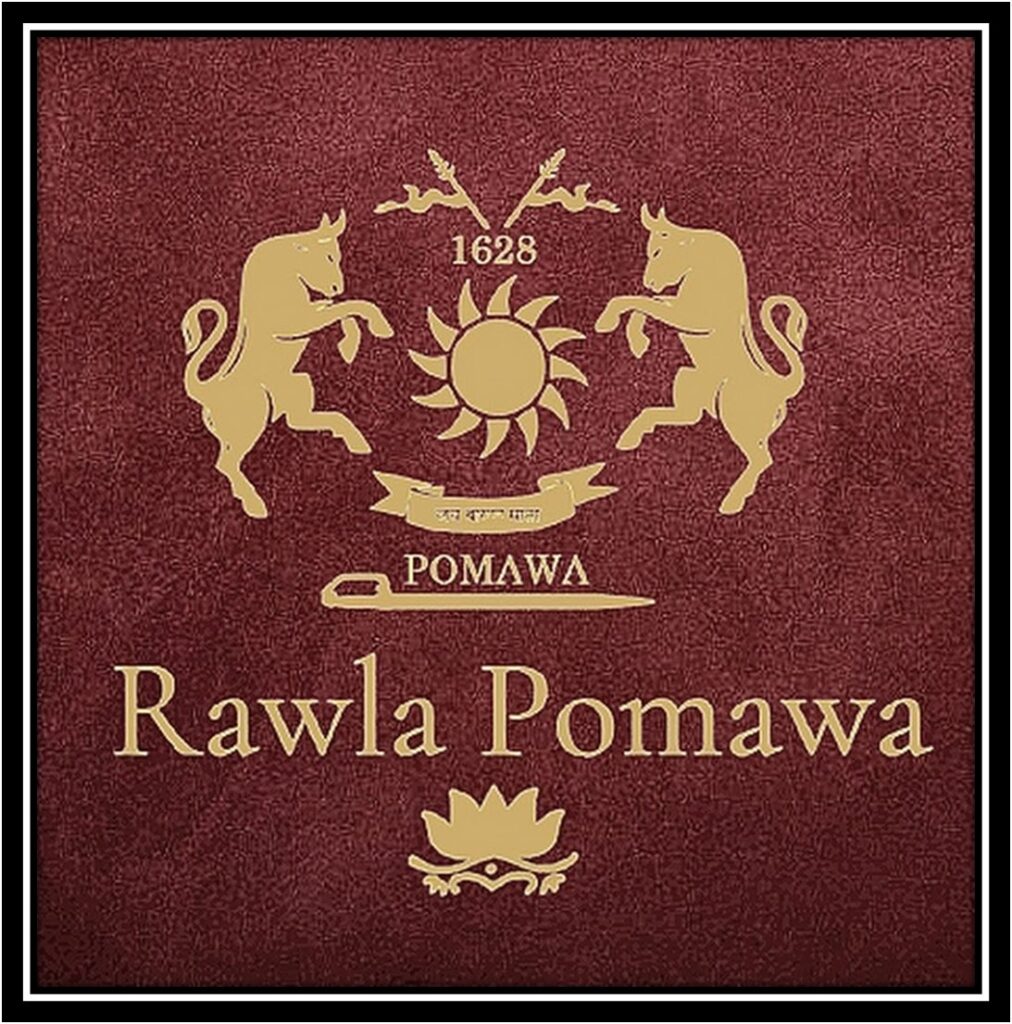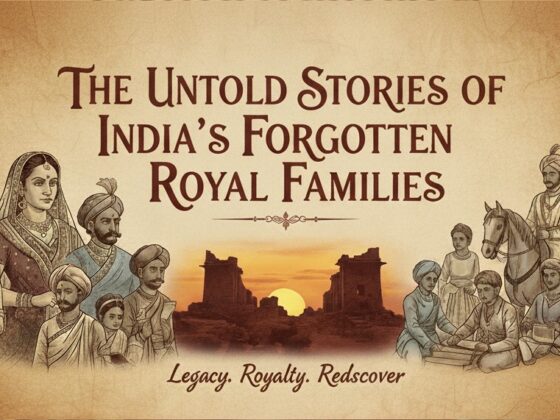Pomawa Rawla: A Glimpse into Rajasthan’s Timeless Heritage

Introduction
Pomawa Rawla is a historic estate in Rajasthan, embodying the regal elegance and architectural brilliance of Rajputana heritage. This magnificent structure has stood the test of time, serving as a symbol of power, culture, and tradition for generations. From its architectural marvels to the legacy of the rulers who once resided within its walls, Pomawa Rawla remains an important landmark in Rajasthan’s illustrious history. The estate continues to captivate historians, architects, and travelers alike, offering a window into the opulence and sophistication of Rajput rule.
The History and Legacy of Pomawa Rawla
Pomawa Rawla was more than just a royal residence; it was a center of administration, cultural patronage, and military strategy. The rulers of this estate played a significant role in shaping the political and social landscape of the region, establishing Pomawa Rawla as a key stronghold in Rajasthan’s historical framework.
1. Architectural Excellence of Pomawa Rawla
The estate boasts an impressive blend of Rajput and Mughal architectural styles, reflecting the grandeur of Rajasthan’s royal heritage. Key architectural features include:
- Elaborate Facades: Intricate carvings and detailed stonework that showcase skilled craftsmanship and artistic brilliance.
- Majestic Fortifications: High walls and strategically placed watchtowers designed for protection and defense against invaders.
- Expansive Courtyards: Spacious open areas that once hosted grand royal ceremonies, gatherings, and festivals.
- Temple Complexes: Places of worship that reflect the deep-rooted spiritual traditions of the Rajput rulers, many of which still attract devotees today.
- Lavish Interiors: Exquisite frescoes, chandeliers, and mirror work that highlight the luxurious lifestyle of Rajasthan’s royalty.
2. The Rulers of Pomawa Rawla
The rulers were known for their valor, wisdom, and dedication to their people. They maintained a strong administrative system and upheld the values of justice, honor, and chivalry. Their contributions to governance and military advancements ensured the stability and prosperity of the estate. They played a crucial role in forging alliances with neighboring kingdoms and defending their territory from external threats, showcasing their diplomatic acumen and warrior spirit.
3. Cultural and Social Contributions
Pomawa Rawla was a hub of cultural and artistic excellence. The estate’s rulers actively promoted:
- Folk Music and Dance: Supporting traditional Rajasthani art forms like Ghoomar and Kalbeliya dance, which continue to be an essential part of Rajasthan’s cultural identity.
- Festivals and Celebrations: Grand celebrations of festivals like Diwali, Holi, and Teej, featuring music, dance, and traditional feasts that brought the community together.
- Craftsmanship and Textile Industry: Patronizing local artisans, weavers, and craftsmen, leading to the preservation of Rajasthan’s artistic traditions and economic growth in the region.
- Culinary Traditions: Encouraging the development of unique Rajasthani cuisine, with dishes prepared using royal recipes passed down through generations.
The Present-Day Significance of Pomawa Rawla
Though the times have changed, Pomawa Rawla continues to hold historical and cultural significance. Efforts are being made to restore and conserve its architectural beauty. Some sections of the estate have been converted into heritage hotels and museums, allowing visitors to experience the grandeur of Rajasthan’s royal past firsthand. The restoration initiatives ensure that the legacy remains intact, preserving its charm for future generations.
Additionally, the estate has become a sought-after location for heritage tourism, attracting history enthusiasts, photographers, and cultural researchers. Its presence in popular literature and documentaries further cements its status as a symbol of Rajasthan’s royal grandeur.
Conclusion
Pomawa Rawla remains a cherished symbol of Rajasthan’s royal heritage. Its stunning architecture, historical significance, and cultural contributions make it an invaluable part of India’s history. Preserving such estates ensures that future generations can continue to appreciate and celebrate the rich legacy of Rajputana. As Rajasthan embraces modernity, heritage sites like Pomawa Rawla serve as bridges between the past and present, offering an enduring tribute to the opulence and bravery of Rajput rulers.








